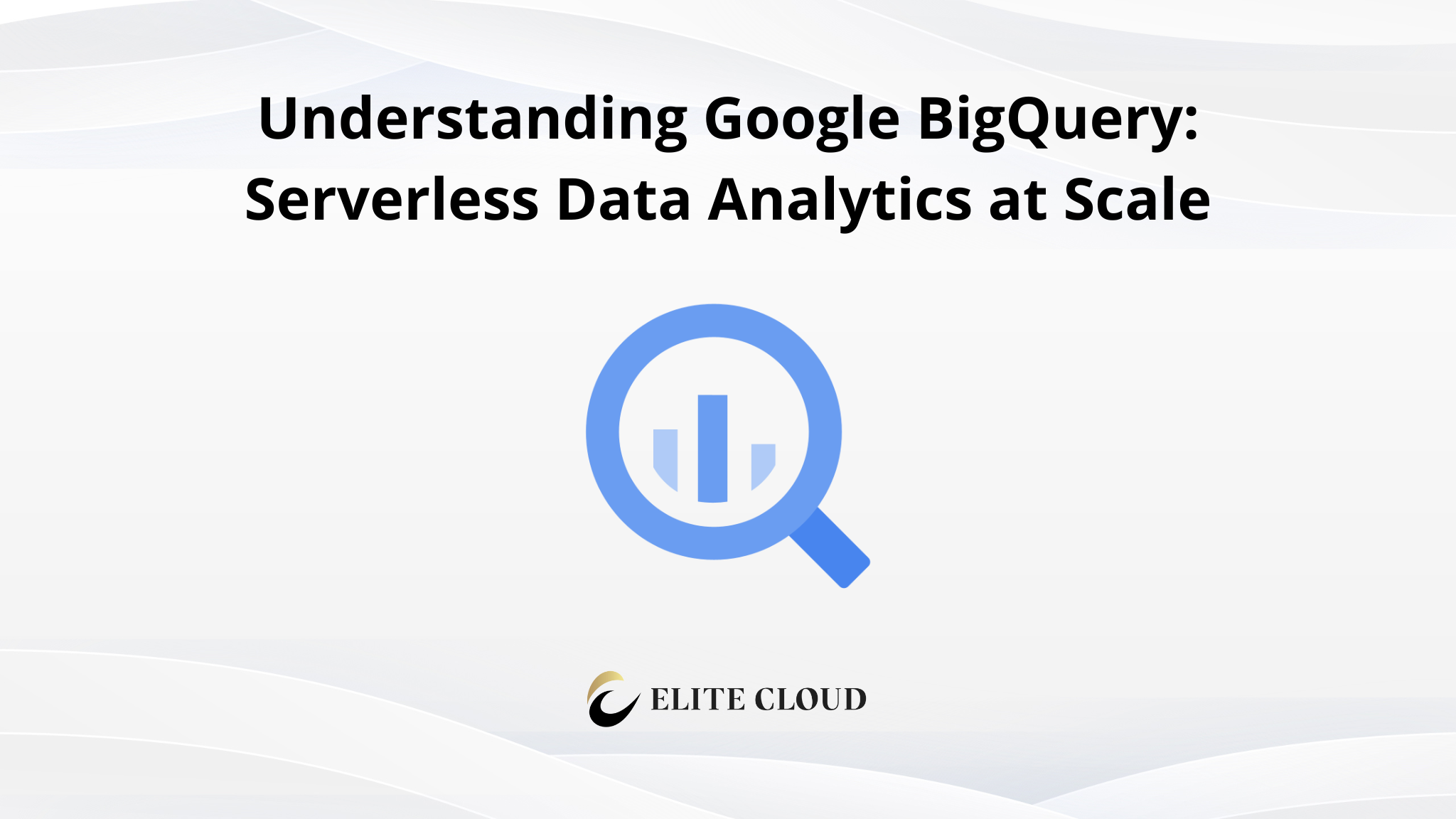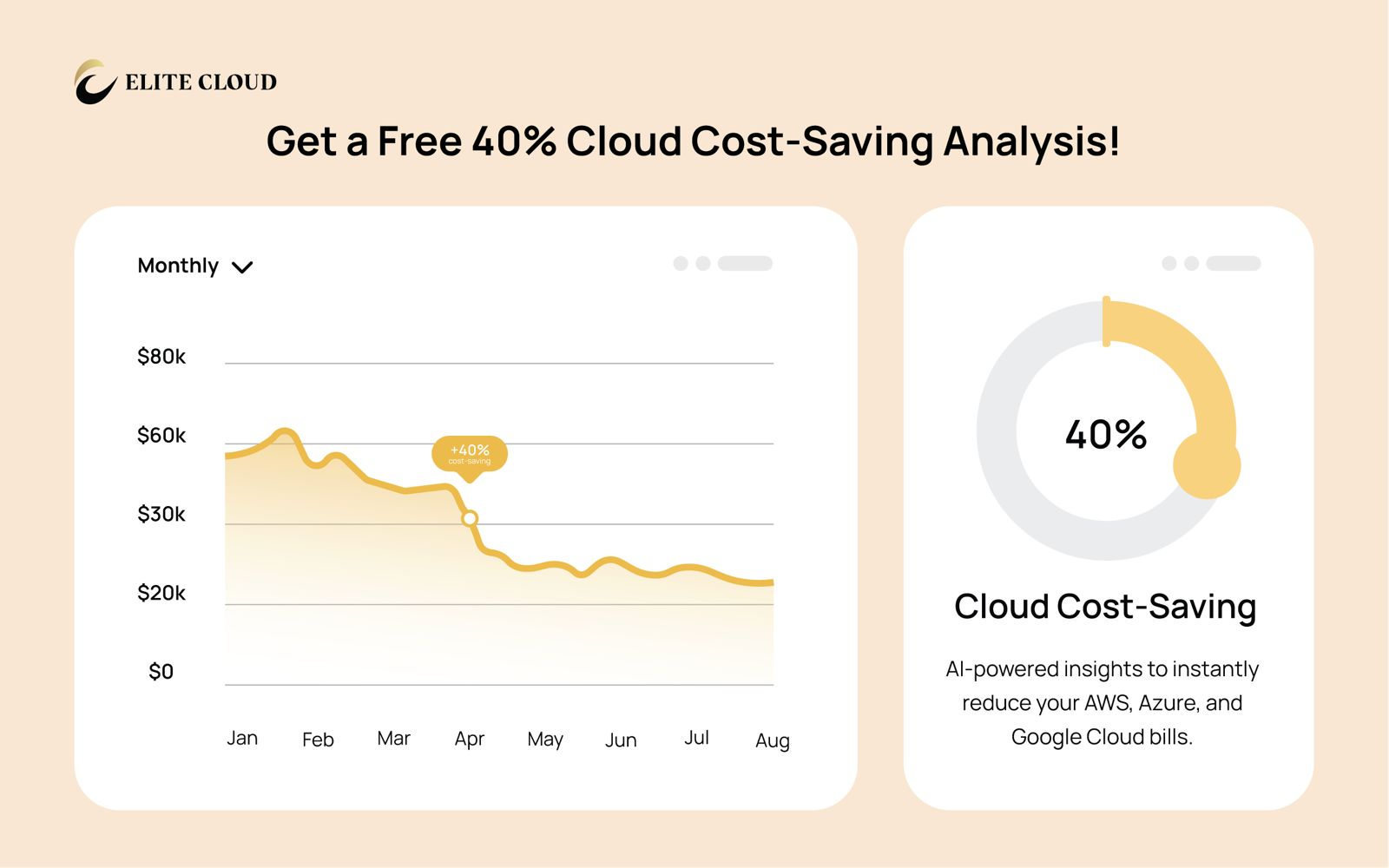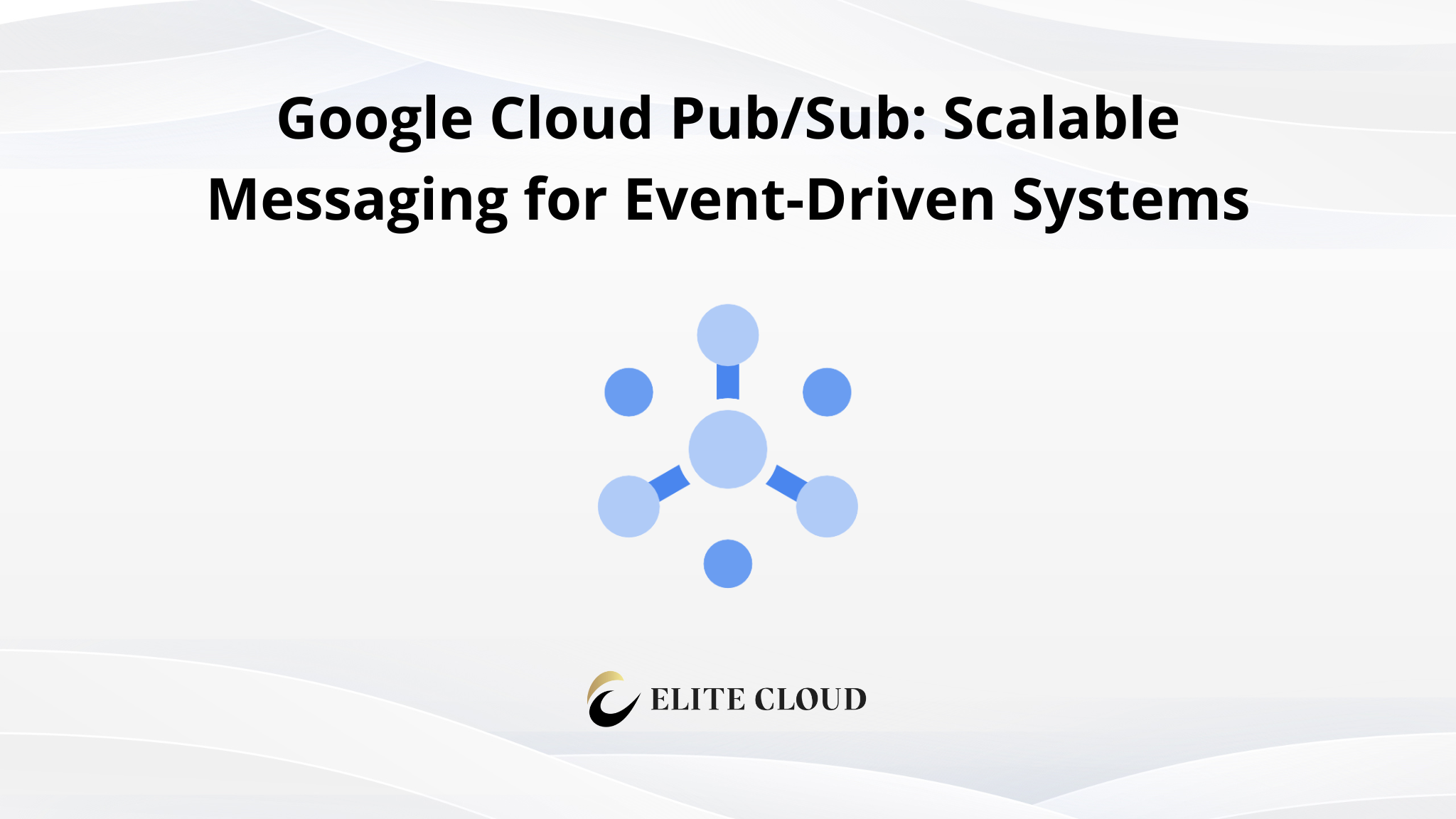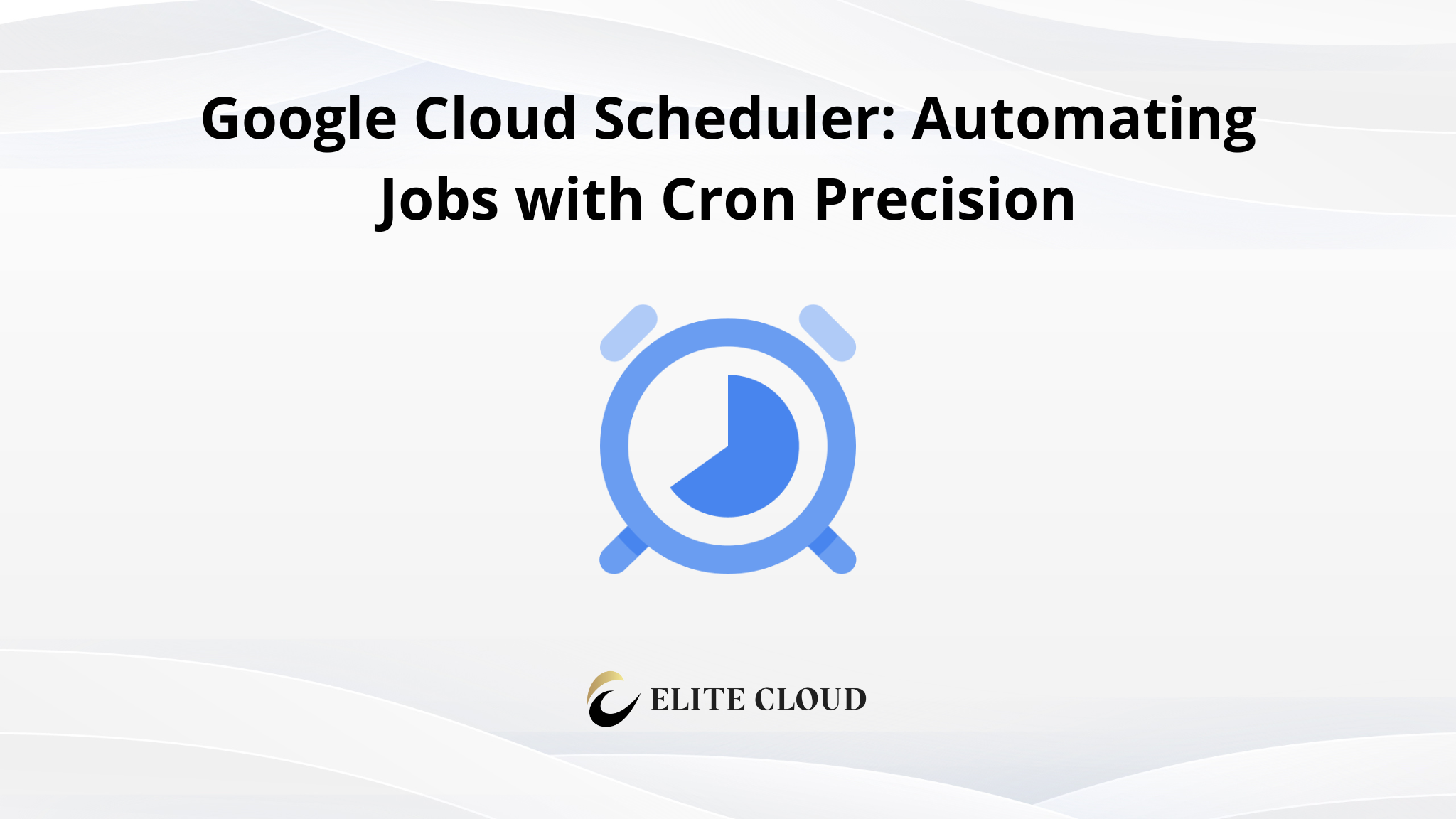In today’s data-driven world, businesses rely on real-time insights to make strategic decisions. Google BigQuery is a fully managed, serverless, and highly scalable data warehouse designed for fast SQL analytics over large datasets. It enables users to analyze terabytes and petabytes of data quickly and cost-effectively using familiar SQL.
In this article, we’ll explore the fundamentals of BigQuery, its key features, typical use cases, and walk through how to run SQL queries on both sample and uploaded datasets from the Google Cloud Console.
What is Google BigQuery?
BigQuery is a cloud-native enterprise data warehouse that allows users to run super-fast SQL queries using the processing power of Google’s infrastructure. It abstracts away the complexity of infrastructure management and scalability, allowing you to focus on analyzing your data.
BigQuery is part of the broader Google Cloud data ecosystem and integrates seamlessly with tools like Cloud Storage, Looker, Data Studio, and AI Platform.
Core Features
BigQuery is built for speed, scale, and simplicity, so your team can focus on insights, not infrastructure. Here are some of the key features that make it a powerful analytics solution:
- Serverless Architecture: No need to provision or manage servers. BigQuery automatically scales based on your query’s demands.
- Standard SQL Support: BigQuery uses a dialect of SQL that is ANSI-compliant, making it easy to use for analysts and engineers alike.
- High Performance: BigQuery separates compute and storage, allowing for parallel execution of queries across multiple nodes for faster results.
- Real-Time Analytics: You can stream data into BigQuery for immediate querying, enabling real-time dashboards and alerts.
- Built-in Machine Learning (BigQuery ML): Train and deploy ML models directly in BigQuery using SQL—no need to move data elsewhere.
- Cost-Efficiency: BigQuery charges based on the amount of data processed during queries (on-demand), or through flat-rate pricing for predictable workloads.
Common Use Cases
BigQuery supports a wide range of real-world data needs, from operational monitoring to advanced analytics. Here are some of the most common ways organizations use it:
- Business intelligence dashboards and reporting
- Real-time log and event analysis
- Marketing campaign analytics
- Fraud detection and anomaly detection
- Data warehousing for large-scale structured data
Implementation Focus: Querying and Adding Data Using the Console
For this article, we’ll focus on how to use BigQuery to explore public datasets as well as upload and query custom data through the Google Cloud Console. This will help you understand how to both consume existing data and add your own.
By the end of the guide, you’ll be able to:
- Navigate the BigQuery UI
- Run SQL queries on public datasets
- Upload your own CSV data and query it
- Understand query results and optimize for cost
Step-by-Step Guide: Working with BigQuery in the Console
Prerequisites of Google BigQuery
- A Google Cloud project with billing enabled
- BigQuery API enabled
Step 1: Open BigQuery Console
Go to the BigQuery Console.

Ensure you are in the correct project.
Step 2: Explore Public Datasets
In the Explorer panel, click Add Data and then select Public Datasets.
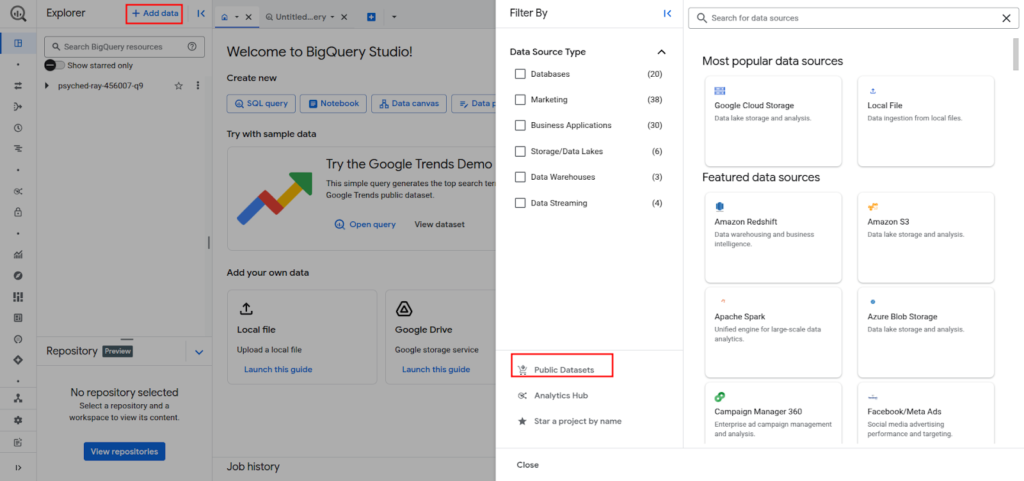
Browse or search for a dataset and select it.

Click View Dataset.
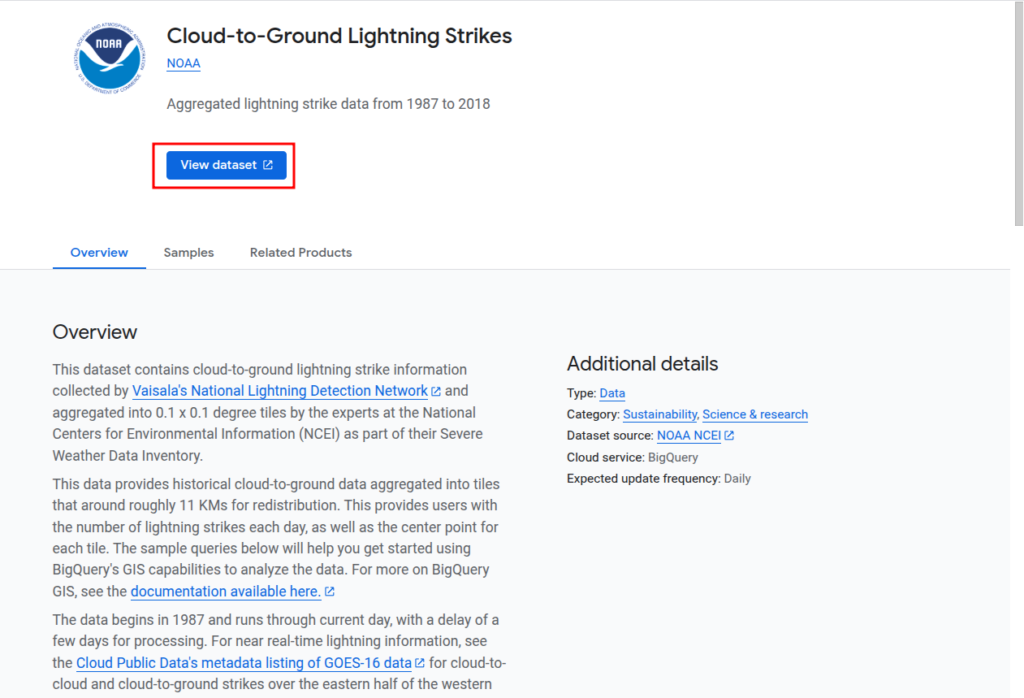
And inspect available tables.
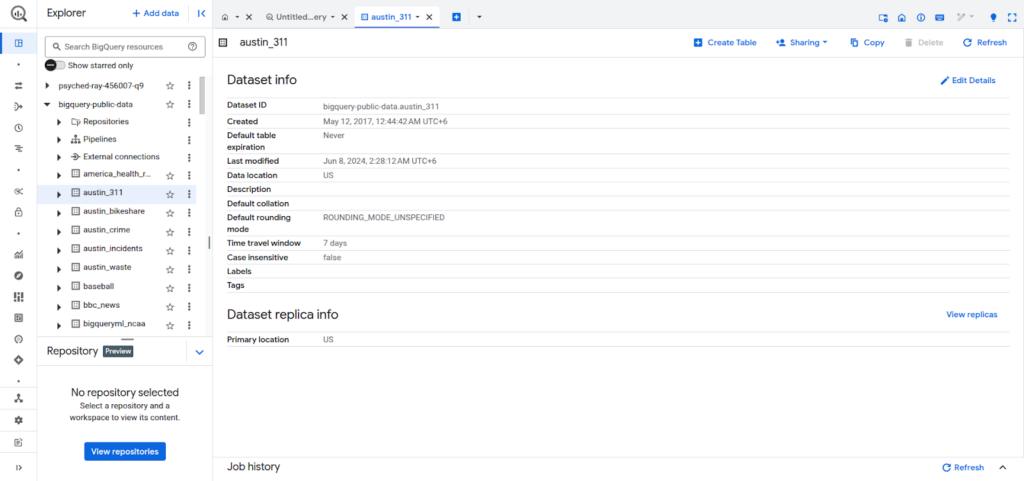
Step 3: Run a Query on Public Data
Click the Compose New Query button.
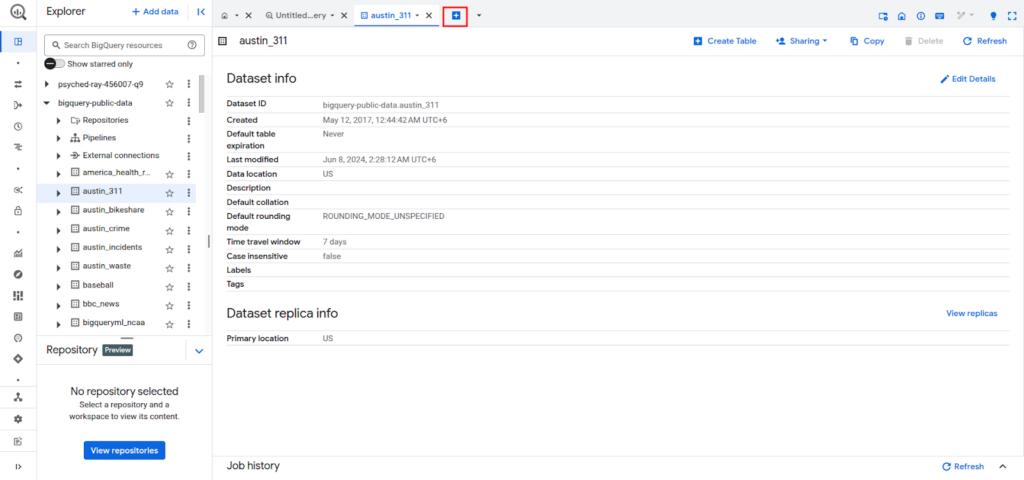
Paste in the following SQL:
SELECT word, word_count
FROM `bigquery-public-data.samples.shakespeare`
WHERE word LIKE ‘king%’
ORDER BY word_count DESC
LIMIT 10;Click Run to execute the query.

You’ll see the query results displayed in a table, along with execution time and data processed.

Step 4: Upload Your Own Data
If you want to upload your own data. In the Explorer panel, click on your project name and click Create Dataset.
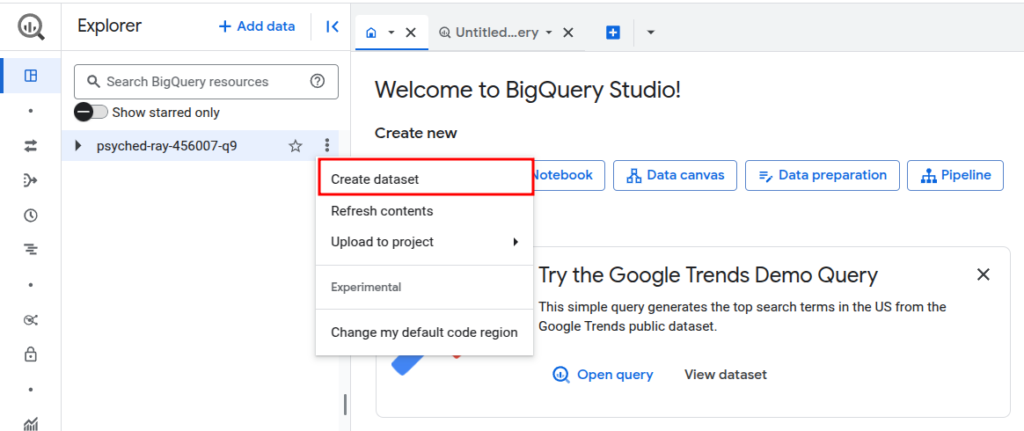
Provide a dataset ID, select a region and click Create Dataset.
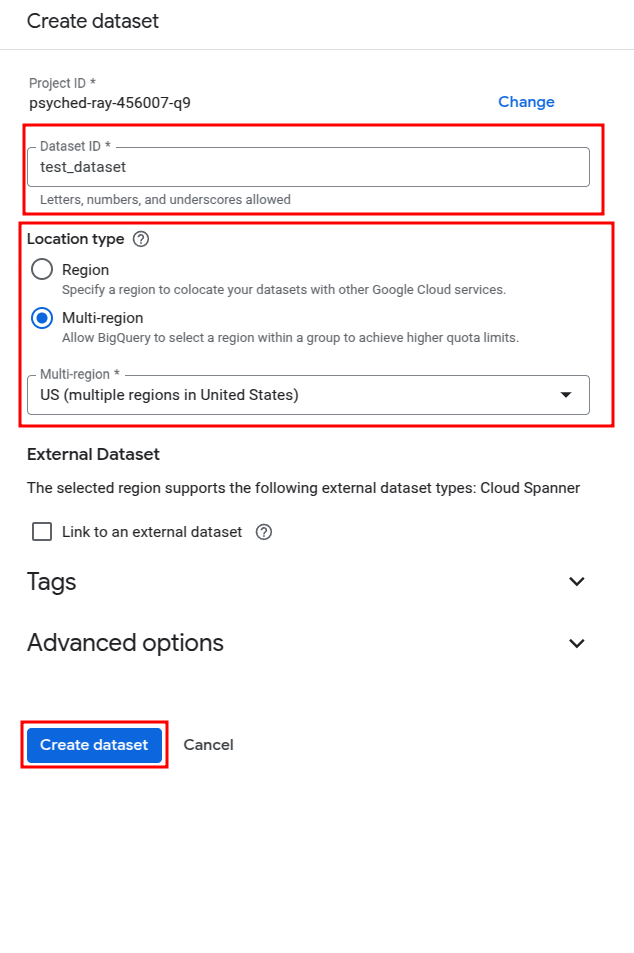
Within the dataset, click Create Table.

Under Source, select Upload and choose your CSV file.

Also in the Destination section, specify table name.

And for Schema, you can manually enter columns or select Auto detect.

Now click Create Table.
Once uploaded, your table will appear in the dataset.
Step 5: Query Your Custom Table
Click Compose New Query and use the table reference:
SELECT *
FROM `your-project-id.your_dataset_id.your_table_name`
LIMIT 10;Click Run to view results.

We’ll see the query results displayed in a table with our following details.

Step 6: Save or Share Results
You can export results to Google Sheets, save them to Cloud Storage, or use the results in Looker Studio for visualization.

Recap
BigQuery empowers teams to run fast, SQL-based analytics over massive datasets without the hassle of managing infrastructure. With built-in support for machine learning, streaming data, and third-party integrations, it’s a versatile tool for both engineers and analysts.
Google BigQuery
Querying petabytes doesn’t have to mean overpaying. Elite Cloud helps optimize your BigQuery usage with smart partitioning, query tuning, and flat-rate strategies.
Speak with our data team to cut analytics costs without losing performance.
Conclusion
Google BigQuery transforms how organizations handle large-scale analytics. Its serverless design, integration with other Google Cloud services, and powerful query engine make it ideal for extracting insights from big data. Whether you’re analyzing user behavior, generating reports, or building ML models, BigQuery delivers performance and simplicity at scale.
FAQs
What is Google BigQuery used for?
Google BigQuery is designed for fast, SQL-based analytics over large datasets. It supports everything from business intelligence to machine learning, all without managing servers.
Is Google BigQuery good for real-time data analysis?
Yes, BigQuery supports real-time analytics by allowing you to stream data for immediate querying, making it great for live dashboards and alerts.
How do I upload and query my own data in Google BigQuery?
You can upload CSV files via the Console by creating a dataset and table, then write SQL queries to explore your custom data instantly.
What’s the pricing model for Google BigQuery?
BigQuery offers on-demand pricing based on the data processed per query, or flat-rate options for teams needing consistent, predictable costs.
Can BigQuery integrate with other Google Cloud tools?
Absolutely. It works seamlessly with Cloud Storage, Looker Studio, and even lets you train machine learning models directly using BigQuery ML.

